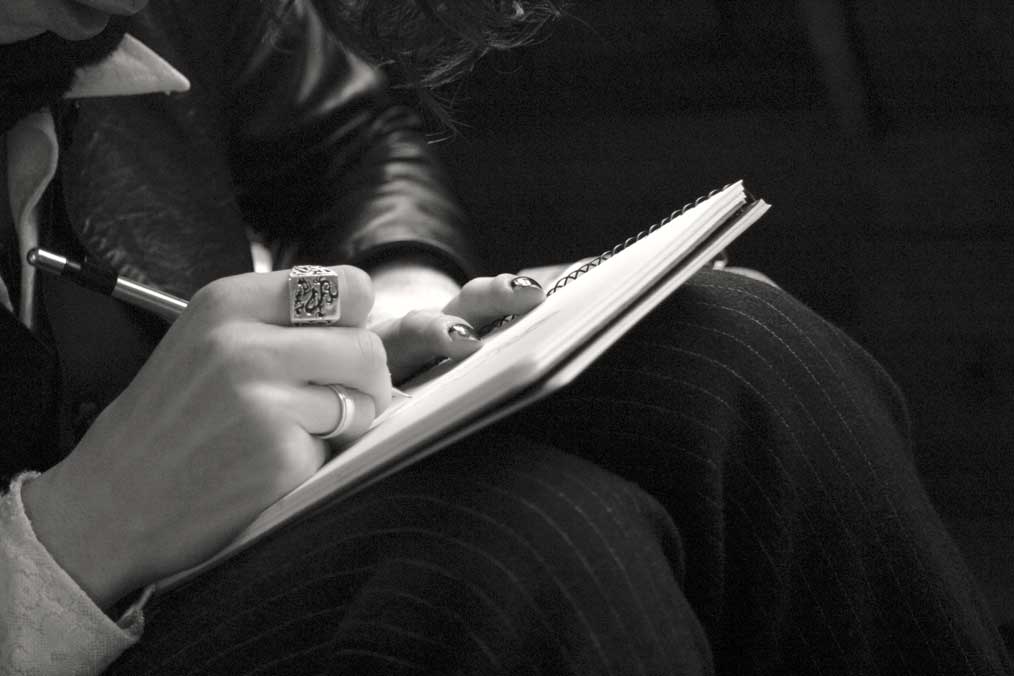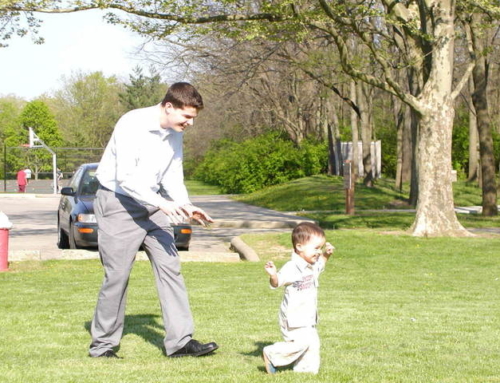It is the season of tests: TAKS, IOWA, ERB, STANFORD, and the SAT/ACT, to mention a few. Students, parents, and teachers alike are nearly frozen by the anxiety of these high-stakes experiences. This is not a new situation. For many centuries, man has attempted to teach others to think. Through teaching, we may try to pursue ways to increase intelligence, maximize future earning potentials, or to assure that the general population will have a “like mind” or world view.
Early thinkers relied upon various structured methods to teaching thinking. Notably, the Socratic method used a self-discovery approach through explicit questioning instead of direct lecturing/instruction. Scientists have long utilized a process of generating hypotheses (questions) and testing them through observable experiences. Well-established ways to express and explore critical thought process begin with general ideas or experiences and work toward the specific (inductive reasoning) or through applications of strategies, rules, and laws (deductive reasoning).
What does the 21st century have to offer in regard to teaching students to think?
In light of declining test scores and increasing rates of drop-outs and retentions, many wonder if we can teach new ways of thinking so students develop permanent tools. High-stakes tests and competition for academic placements may skew our approaches to learning and thinking. We know the brain needs sleep an repeated presentations in order to finalize learning and memory. Yet the student’s passions for “cramming” do little to place information into his or her long-term storage. Pressure and anxiety over test performance often prevent many bright students from fully accessing their ideas, yet alone regurgitating what they have “studied.”
Can we teach students to think? We can.
It is important for students to change their manner of thinking, not just rehearse or exercise what they already possess. When in London his fast fall, I was struck by the use of the term “revise” in place of the American noun “homework.” Parents, students, and teachers all viewed homework as an opportunity to change, refine, apply, and otherwise “revise” what was learned in class. What a grand approach! Revising implies reorganization – the essential component to developing critical thinking. Novel and usable ideas (presented in class) are considered and connected to what is already known or mastered.
The five components of reorganization teach students to think – not just retain bodies of trivia for high-stakes pursuits.
Strategies
Most efforts to teach critical thinking rely upon strategies. This step alone cannot reorganize thoughts, although is an essential component of learning. New strategies can be general (problem solving, mnemonics, decision making, recognition) or specific to certain tasks (e.g., geometric proofs, calculations). Regardless of their breadth, strategies work by challenging hastily formed, narrow, or generalized ideas. By applying specific procedures to a task, assumptions can be cast aside, details explored, and a way of approaching new problems establish.
Monitoring & Management Skills
Students must also learn to spontaneously and individually evaluate the effectiveness of their thinking. Monitoring skills are often called “metacognitive” approaches. Metacognitive skills include: making a plan, assuring that the plan is followed, and evaluating the impact/results of the completed plan. The results are then used to manage, reorganize, alter, or redirect one’s work and thinking in the future and with similar, yet new problems. Monitoring skills also reduce impulsive answers or selecting what ‘seems” to be the most likely or desirable answer.
Beliefs & Habits
Critical thinking involves examining one’s habits and beliefs – in a cognitive sense. What are the basic notions, assumptions, or prejudices which underlie thoughts and decisions? Are there irrational or imprecise bases for our ideas and assumptions/ Are we “believing” what we hear from the media and read in texts with a critical eye? Cognitive strategies such as those proposed by Albert Ellis, Ph.D. teach students to detect their unique patterns of thinking, irrational, conclusions, and anxiety-based problem solving strategies.
Support System
The process of thinking can be energized and reorganized by using ancillary systems. Paper, pencils, automated technology, electronic spellers, calculators, the Internet, graphic organizers, outlines, abstracts (e.g., Cliffs Notes, Spark Notes, Pink Monkey) and brainstorming platforms (e.g., “Inspiration”) help students clarify examine, and document their ideas. Working with others allows brainstorming and access to different pools of information, beliefs, and experiences. Visual presentations of material can make relationships and connections clearer – not just to the visual learner. Even language used when presenting ideas can vary and create dimensional ideas. At it’s most basic level, the process of choosing a study strategy and support system can help students deepen their thoughts about a concept.
Generalization & Transfer
As cramming and test-preparation programs sometimes illustrate, the transfer of learned information and skills to new areas and long-term storage can be elusive. As the time between first use and retrieval increases, maintenance of information becomes difficult. witness the struggles students experience on cumulative examinations and high-stakes tests.
Transfer and generalization can be encouraged by presenting skills with examples of their use in diverse and divergent situations. Sadly, this is rarely done. New skills are often drilled on very similar tasks. As a result, the student masters the strategy or procedure, rather than acquiring a new, critical though process. forcing generalizations and transfer reorganizes one’s thinking by broadening the information’s application. The new knowledge becomes much more powerful through this step.
Applying Reorganization in Daily Life
(and High-Stakes Tests)
Teach steps for evaluating points of view and new applications of ideas.
(STRATEGIES)
Consider and anticipate important thoughts and concerns. What could be important to someone else?
(MONITORING & MANAGEMENT SKILLS)
List first impressions, ideas, and previous stores of information beforeexploring something new – or reading about it in the text.
(BELIEFS & HABITS)
Discuss information with others and find other presentations of the concept.
(SUPPORT SYSTEMS)
Take old information and use it in a different way. Integrate information from one subject with another topic.
(GENERALIZATION & TRANSFER)
Teach and model the use of critical thinking and problem solving approaches.
(STRATEGIES)
Organize facts and evidence to support and refute your ideas.
(MONITORING & MANAGEMENT SKILLS)
Take your opponent’s point of view.
(BELIEF & HABITS)
Make visual depictions of ideas and facts. Use other forms of research, including hands-on “experiments” of your own.
(SUPPORT SYSTEMS)
Apply strategies to new information. Generate ideas about the implication of data to other topics.
(GENERALIZATION & TRANSFER)
Breathe. Meditate. Relax. Pray. Sleep.
Practice your pace through the exam.
Breathe. Meditate. Pray.






